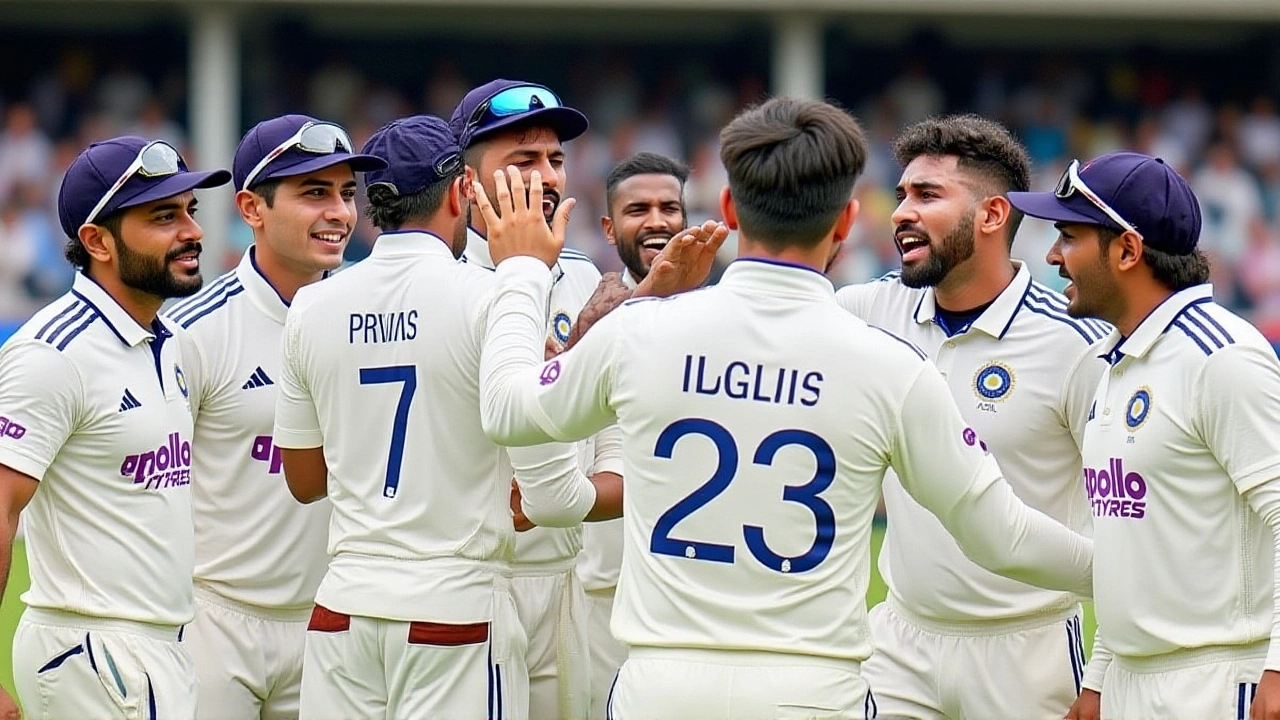World Test Championship: Your Quick Guide to the Modern Test Cricket League
When talking about World Test Championship, a league‑style competition that crowns the top Test cricket nation over a two‑year cycle. Also known as WTC, it replaces the old ranking system with points, a final and a trophy, turning every series into a step toward the ultimate title. This shift means fans can follow a clear storyline instead of isolated tours, and players get a bigger stage to prove consistency.
How the World Test Championship fits into the wider world of Test cricket
At its core, the Test cricket, the longest and most strategic format of the sport provides the canvas. The International Cricket Council (ICC, the global governing body that sets rules, schedules and rankings) designs the schedule, allocates points for wins, draws and ties, and organizes the final at a neutral venue. Without the ICC’s structure, the WTC wouldn’t have the uniformity that lets a team from England compete on equal footing with a side from New Zealand.
One of the most iconic rivalries that now feeds into the championship is the Ashes series, the historic England‑Australia showdown that dates back to 1882. Each Ashes encounter carries extra weight because the points gained can swing a team’s position dramatically. Fans love the drama, and the championship benefits from that heightened interest, making every wicket and run count toward the final table.
The WTC also reshapes the cricket rankings, a points‑based system that reflects recent performance across all Test nations. Before the championship, rankings were often a static snapshot; now they evolve with each series, rewarding consistency and exposing gaps early. As a result, the race to the final becomes a story of peaks and valleys, not just a single tournament.
From a player’s perspective, the championship adds a clear incentive. Batsmen aim for big scores to secure wins, bowlers chase wickets that could tip a match into the points column, and captains strategize around the points table rather than just series pride. This strategic layer mirrors other league sports, where every game influences the final outcome, and it has already produced memorable moments, like a rain‑affected draw that still earned crucial points for a lower‑ranked side.
Fans also benefit from a more predictable schedule. The ICC now publishes a two‑year calendar that outlines which teams play each other, when the final will be held, and where the points are on offer. This transparency helps broadcasters, sponsors and casual viewers plan ahead, turning Test cricket into a more marketable product without losing its traditional charm.
Looking ahead, the next cycle promises fresh venues, emerging cricket nations and possibly a revised points system to keep the competition tight. The WTC’s success will depend on how well the ICC balances tradition with innovation, but early signs show that it has revived interest in the longest format, especially among younger audiences who crave clear narratives and stakes.
Below you’ll find a collection of articles that break down the WTC’s history, explain how points are calculated, dive into memorable finals, and offer tips on following the championship live. Whether you’re a seasoned follower or just curious about why the World Test Championship matters, these pieces will give you the full picture and keep you up to date with every twist and turn.

India's innings win propels up WTC table; West Indies stay winless
- Oct, 5 2025
- Orion Stargazer
- 0 Comments
India's innings win over West Indies reshapes the 2025‑27 WTC table, boosting India’s standing while leaving the Caribbean side winless and eyeing the Lord's final.